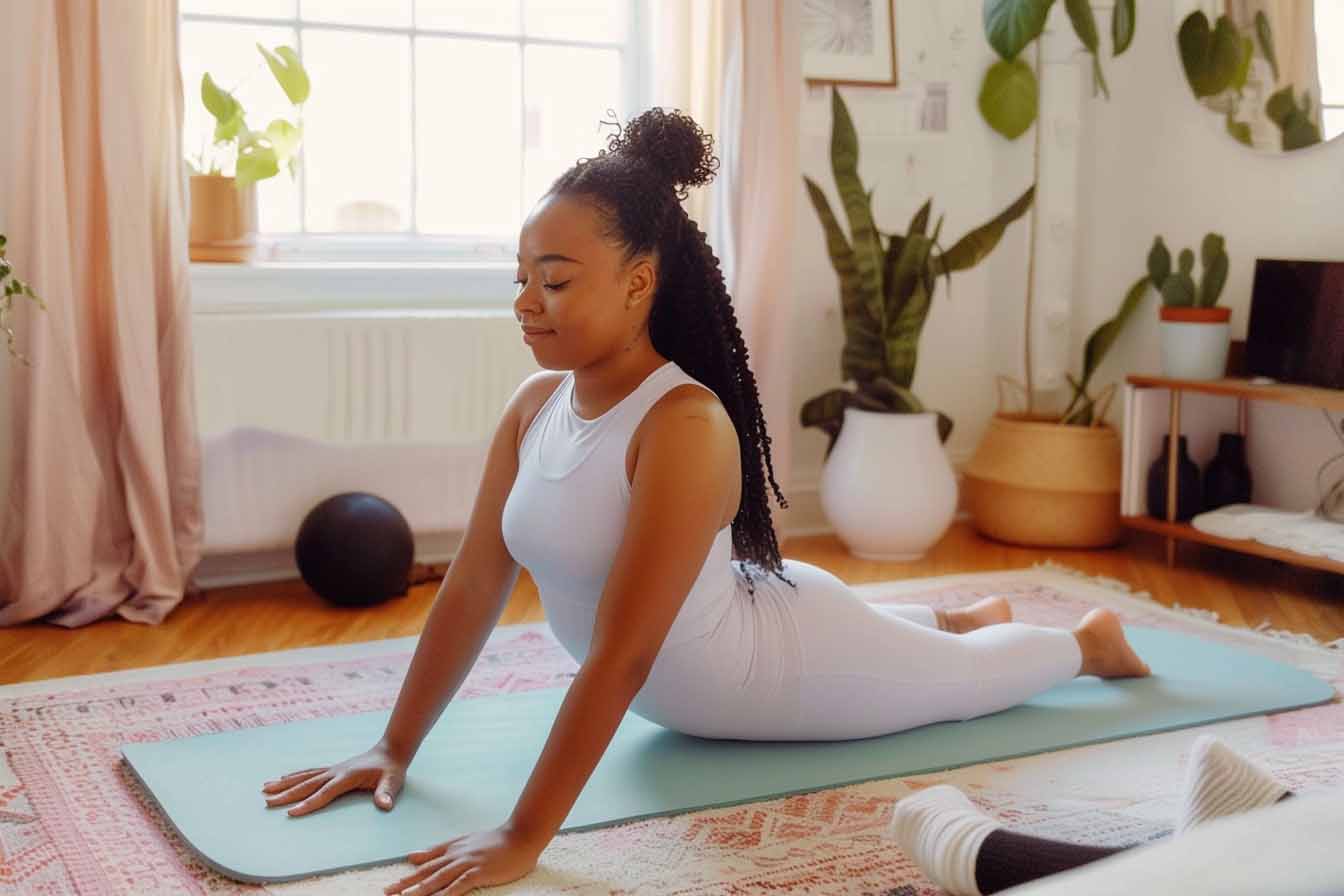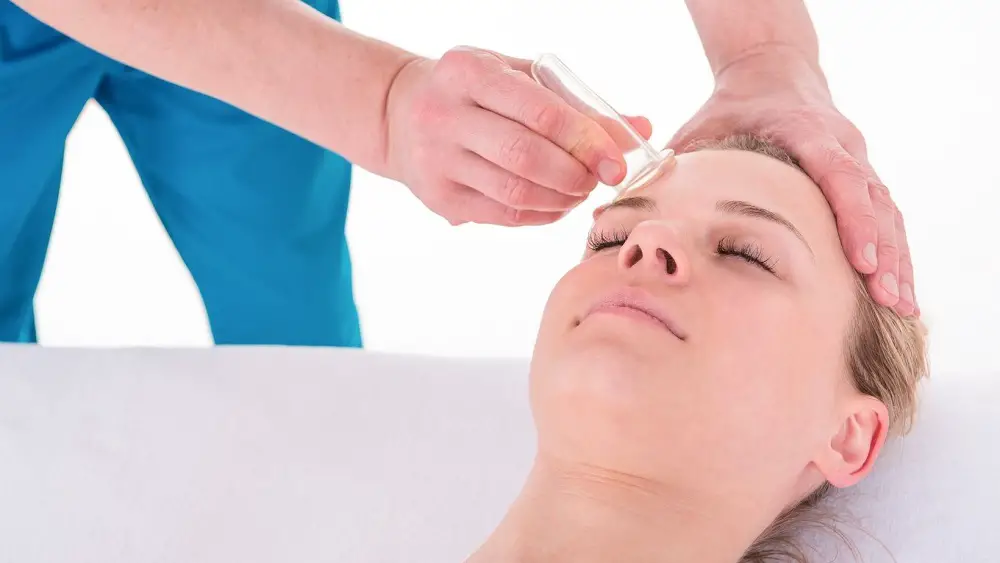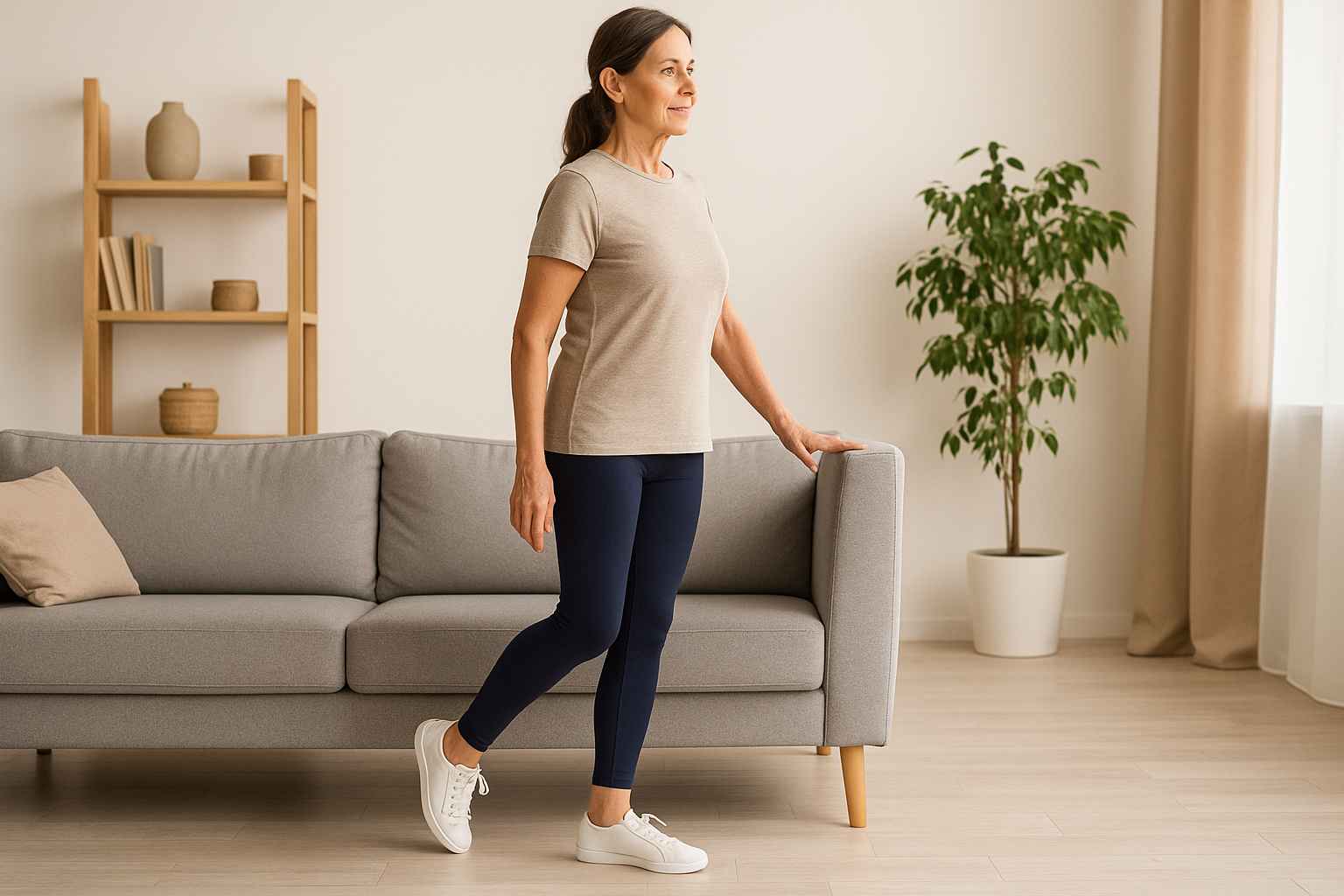Gua Sha, a cornerstone of Traditional Chinese Medicine (TCM), is not only an effective technique for relieving tension and promoting circulation, but it can also be optimized by performing it at specific times throughout the day. Whether you are using it to relieve muscle stiffness, reduce stress, or improve skin health, incorporating gua sha into your daily schedule can maximize its benefits. For more detailed insights into the technique, check out our Gua Sha Basic Guide.
Here are five of the best times to add gua sha to your routine to enhance your healing and relaxation.
1. Morning for a Fresh Start
Starting your day with gua sha can help you feel rejuvenated and energized, setting a positive tone for the day ahead. In TCM, mornings are when the body’s yang energy (active energy) begins to rise, making it an ideal time to boost circulation and encourage lymphatic drainage. Using gua sha in the morning, particularly on your face and neck, helps reduce puffiness and gives your complexion a natural glow.
- Boosts circulation: Revitalizes your skin, giving you a refreshed appearance.
- Reduces puffiness: Especially around the eyes, where fluid tends to accumulate overnight.
- Promotes focus: Gua sha stimulates specific points that can help you feel more alert.
“The recommended time for facial gua sha is after a bath when blood circulation is improved. For optimal results, practice 2-3 times per week.”
— Ms. Mai Sogawa, Senior TCM Therapist
Recommended Stroke: Start by gliding the gua sha tool from the center of your forehead outward toward the hairline. For under-eye puffiness, use light, gentle strokes from the inner corner of the eye outward toward the temples. For the neck, stroke upward from the base of the neck toward the chin to stimulate lymphatic drainage.
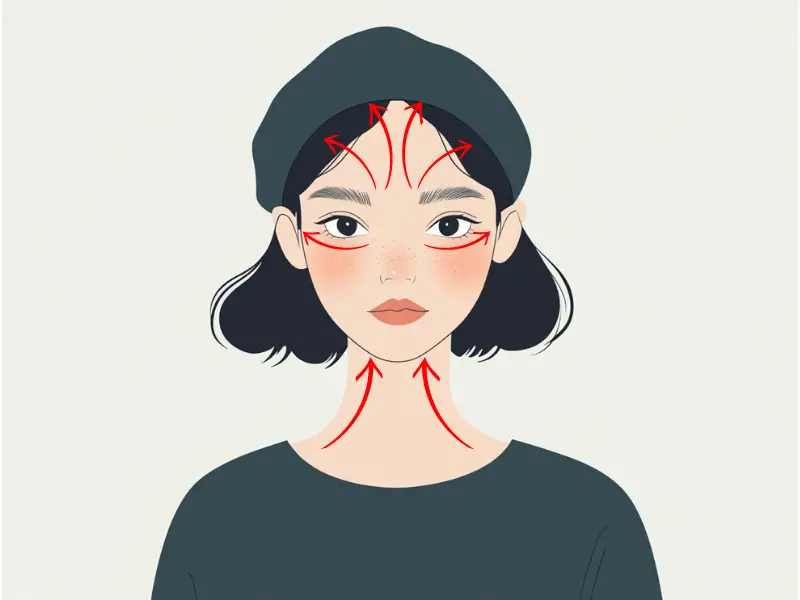
2. After a Workout to Ease Muscle Tension
Gua sha is incredibly effective post-exercise for releasing muscle tension and preventing soreness. After a workout, your muscles are in recovery mode, and blood circulation plays a crucial role in transporting nutrients and oxygen to tired tissues. Gua sha enhances this circulation, speeding up the recovery process and reducing delayed onset muscle soreness (DOMS).
By using the gua sha tool on areas like the legs, back, or arms, you can help:
- Alleviate stiffness: Improve mobility by releasing tight muscles.
- Promote recovery: Increase circulation to encourage muscle repair.
- Reduce inflammation: The technique helps move stagnant fluids, reducing any post-exercise swelling.
Recommended Stroke: For legs, begin at the ankles and glide the gua sha tool upward along your calves toward the back of your knees. Then, continue from the knees up the thighs toward the groin. For arms, start at the wrists and stroke upward along the forearms toward the elbows. Continue up the upper arms toward the shoulders, finishing at the armpits to promote lymphatic drainage.

3. Before Bed to Wind Down
Performing gua sha before bed is a wonderful way to calm your mind and body, preparing you for restful sleep. The evening is when the body’s yin energy (restful energy) starts to rise, and gua sha can support this by promoting relaxation and reducing built-up stress from the day.
Here’s how incorporating gua sha before bed helps:
- Relieves stress: Gentle gua sha strokes on the neck and shoulders release tension, making it easier to unwind.
- Supports better sleep: The relaxation effect can improve sleep quality by calming the nervous system.
- Improves circulation: Nighttime gua sha supports blood flow, ensuring your skin regenerates as you sleep.
Recommended Stroke: Start by using light strokes on your neck, moving from the base of the skull downward toward the shoulders. This helps release tension in the upper body and prepares you for a more relaxed sleep. For an added soothing effect, focus on long strokes on the shoulders to release accumulated stress.

4. During Stressful Moments to Relieve Tension
Stress can build up at any point during the day, often causing physical tension in areas like the neck, shoulders, and face. When you feel tension mounting, reaching for your gua sha tool can provide quick and effective relief. Performing gua sha during stressful moments helps release tight muscles, especially in the jaw and forehead, which are common areas where stress is stored.
Benefits of gua sha in stressful moments:
- Releases tightness: Focus on the jawline and forehead to ease stress-induced muscle tension.
- Promotes relaxation: Calming strokes on the shoulders and neck can reduce cortisol levels.
- Enhances mental clarity: Gua sha can help improve focus by relieving the physical strain that stress places on the body.
“Avoid using gua sha on acne, wounds, or sunburned skin, as it can be sensitive. Always apply oil to prevent friction, and don’t press too hard to avoid redness or bruising.”
— Ms. Mai Sogawa, Senior TCM Therapist
Recommended Stroke: For the jaw and forehead, use short, firm strokes along the jawline, moving upward toward the ears. For the forehead, glide the tool horizontally from the center of the forehead out toward the temples. For the neck, apply gentle strokes downward from the jawline toward the collarbone to help release tension in the neck.

5. When You Experience Skin Issues Like Breakouts or Dryness
Your skin can fluctuate based on hormones, stress, or environmental factors. When you notice breakouts, dryness, or other skin issues, gua sha can be an effective way to support your skin’s natural healing processes. By enhancing blood flow and promoting lymphatic drainage, gua sha helps flush out toxins and bring fresh nutrients to the skin.
Here’s why this timing is important:
- Reduces breakouts: Gua sha can help clear congested skin by promoting better circulation.
- Hydrates the skin: Using gua sha with a hydrating serum supports deep absorption, making your skincare routine more effective.
- Promotes detoxification: Regular practice can help remove toxins that may be contributing to skin imbalances.
Recommended Stroke: For areas with breakouts or dryness, use gentle, upward strokes on the face. Start at the chin and glide along the jawline toward the earlobes. For the cheeks, stroke from the sides of the nose outward toward the ears. Move fluid toward the lymph nodes near the ears and then down the sides of your neck, guiding it toward the collarbone to encourage proper drainage. Keep the pressure light to avoid aggravating sensitive skin
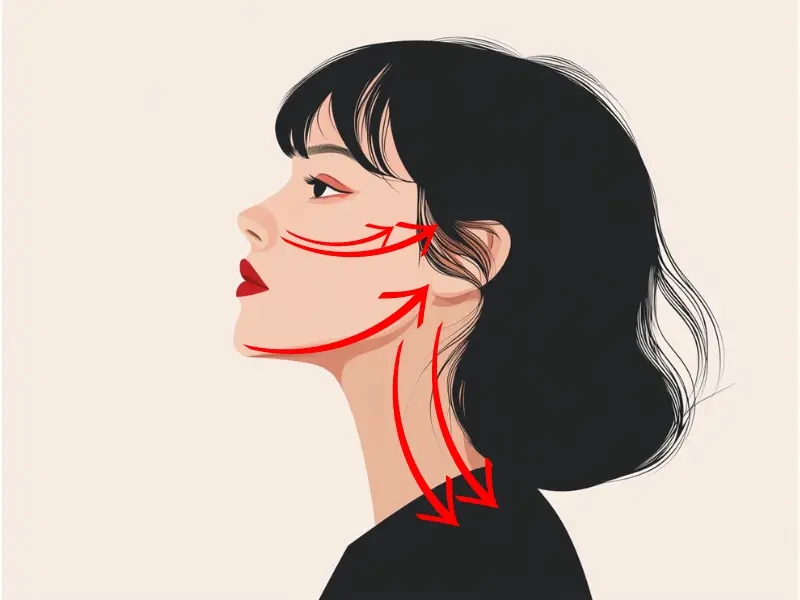
By incorporating gua sha into these strategic moments in your day, you can enhance both the physical and emotional benefits of this ancient healing technique. Whether it’s to start your morning with a glowing complexion, relieve post-workout muscle tension, or promote relaxation before bed, gua sha can be a powerful addition to your self-care routine.

Try our Anti-Aging Gua Sha Tool designed to bring out your skin’s natural glow.
Best Gua Sha Product- Anti-Aging: The tool is designed to target 11 specific aging signs such as wrinkles and sagging skin. By following the 7-step routine, users can improve skin firmness and reduce fine lines naturally.
- Enhances Skincare Routine: It works effectively with serums and lotions, boosting absorption and efficacy of skincare products.
- Visible Skin Improvement: Users can expect a smoother complexion, reduced puffiness, and a more youthful appearance.
 P. Sze
P. Sze 